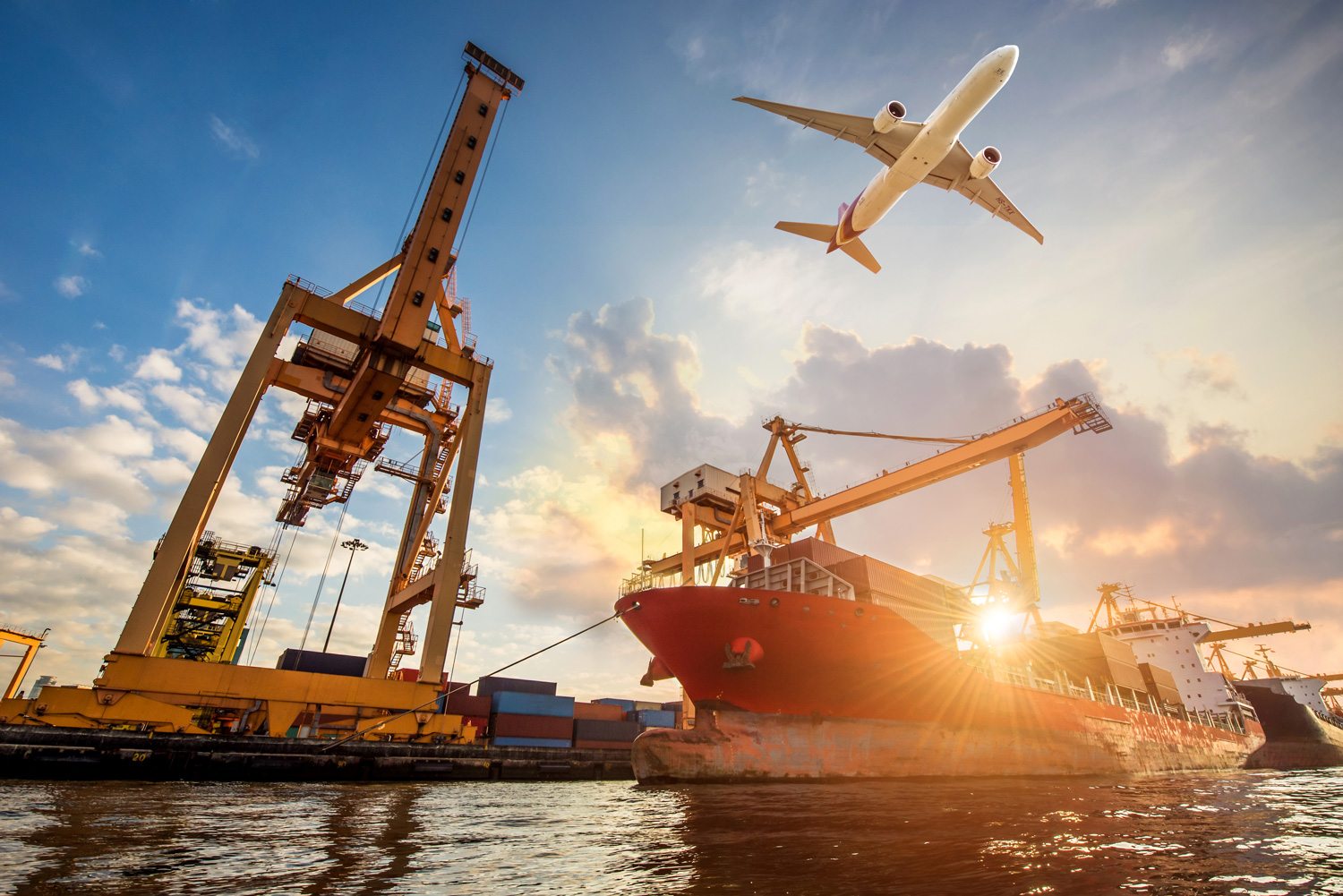How to Make Sure Your International Shipments Get There ASAP
During his recent visit to India, Prime Minister Trudeau announced $1 Billion in new investment deals between the two countries. While it’s a relatively small number compared to our investments in other international economies, and it’s not a free-trade agreement, it’s a significant step forward to closer economic ties between Canada and the fourth largest economy in the world.
When you add that to CETA, the progressive trade agreement between Canada and the EU that recently came into force, and our ongoing participation in negotiations for the Comprehensive and Progressive Trans-Pacific Partnership (CPTPP) trade agreement between Pacific Rim countries, it’s clear that Canada’s role as an international trading partner is growing rapidly, even as NAFTA negotiations continue their roller-coaster ride.
For any company that already uses international shipping to participate in foreign markets, or any company that has the potential to do so, Canada’s expanding role in the global marketplace presents lots of opportunities.
But only if those companies have the transportation logistics to reliably ship their products to international locations.
The first step in ensuring your company puts into place all the logistics needed for international shipments is to get a better idea of what to expect. More than just some extra paperwork, shipping your products overseas involves many more considerations than shipping within Canada or even between Canada and the U.S..
Here are just a few of those considerations that will help give you a better idea of what’s needed to begin or expand your international shipping logistics.
1. Have a Realistic Understanding of Transportation Times
Sure, you can leave Canada tonight and be in Europe tomorrow morning, but that doesn’t mean your cargo can do the same. Even if you choose air freight to minimize transit times, there are many more steps your shipment may need to take beyond flight times.
These can include getting your freight to and from airports, customs delays and weather conditions. Ocean freight can take many weeks to get from its point of origin to its destination.
That said, if you expect that you might need to ‘pull out all the stops’ and get your cargo to an international destination as fast as possible, make sure you have access to reliable international expedite services.
2. Expect Delays
Of course you’ll choose the most reliable international transportation option available. But even then, there are more risks of delays for international freight that are out of the control of any transportation company.
That means being ready to make decisions when delays occur, including potentially changing transportation modes.
3. Prepare Shipments for Intermodal Transportation
If your freight fits nicely into intermodal containers, this might not be as much of an issue. But it’s important to know that getting your shipment to and from transportation terminals means that your shipment will likely need to use at least two or three different transportation modes, including air, ocean, rail and/or truck to get from your dock to your customer’s location.
4. Did We Mention Paperwork?
While our trade representatives work to make it easier to export to more countries and international markets, the correct documentation for each specific destination, including things like commercial invoices and packing lists, helps to avoid unexpected delays. Again, being ready to deal with any concerns raised about the documentation will help you solve any issues quickly and minimize delays in your shipments.
Ultimately, your ability to explore opportunities in international markets depends heavily on the reliability of your transportation logistics partner and the services they offer. Call us here at PiVal International to learn more.
Stay Up-To-Date
There's always something new from PiVAL



Comments are closed.